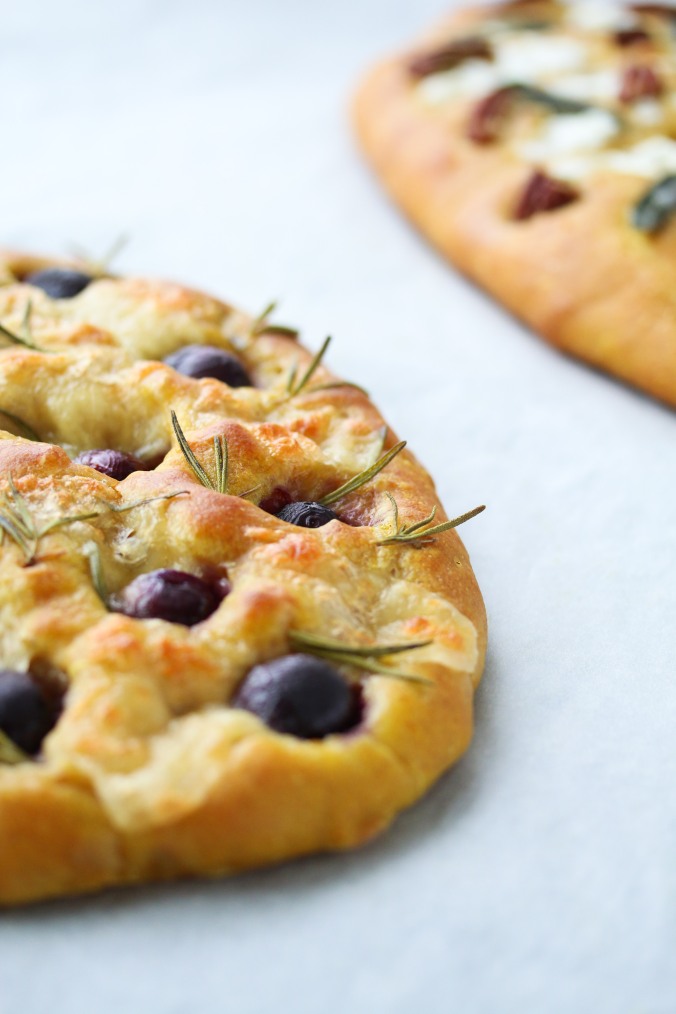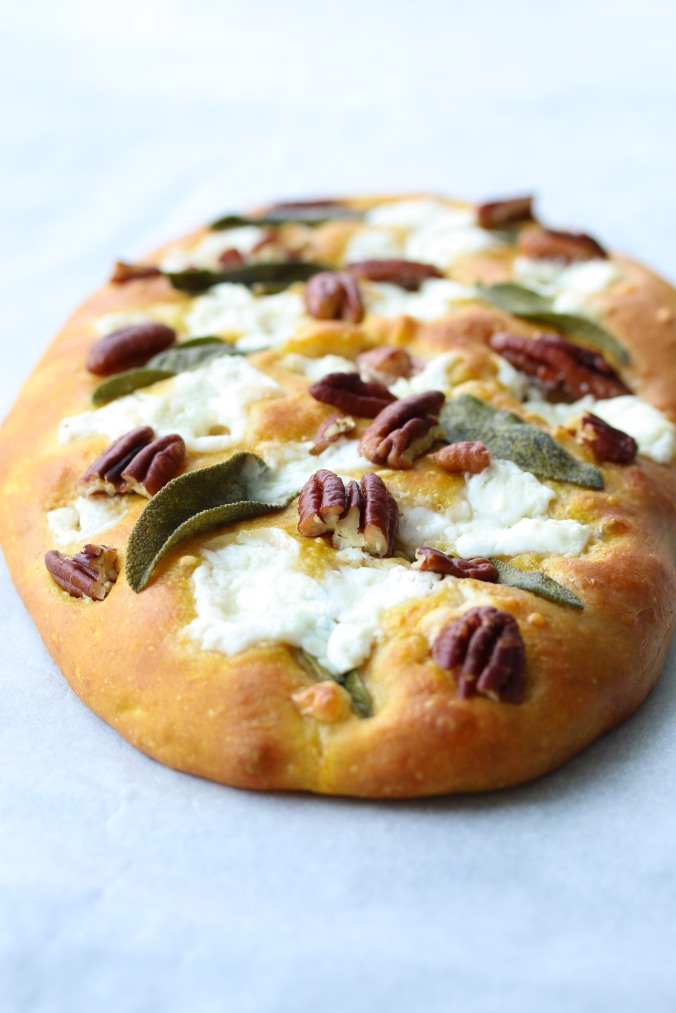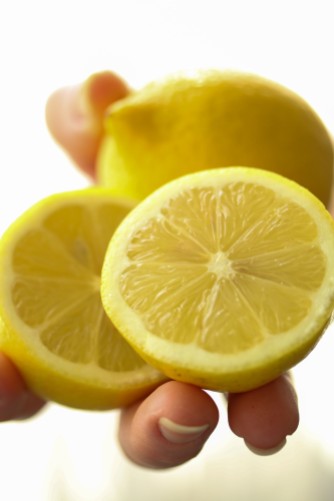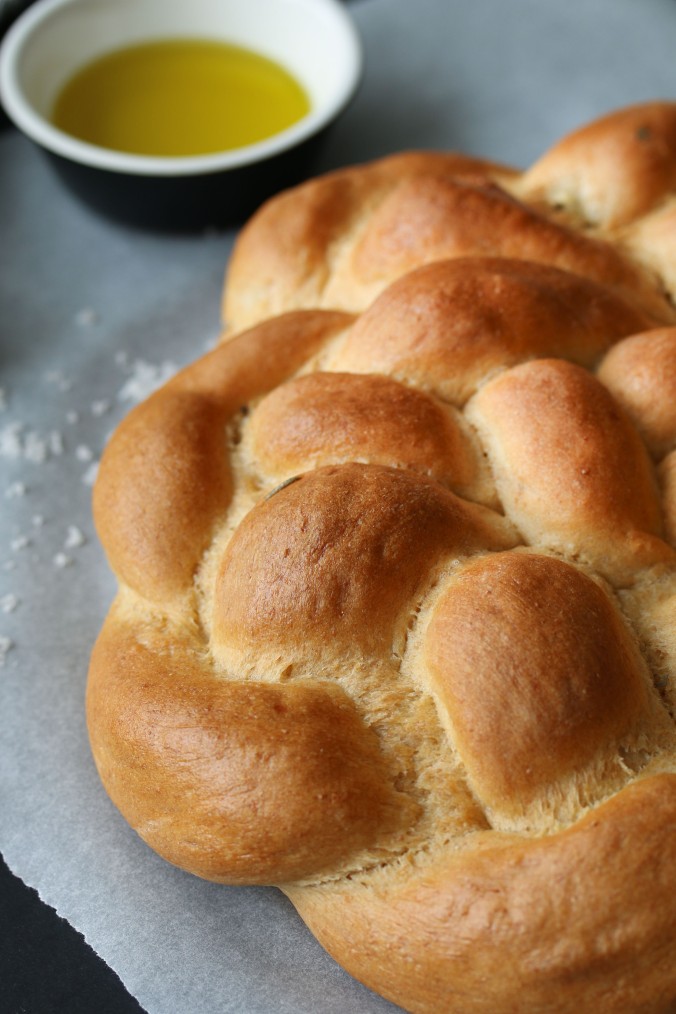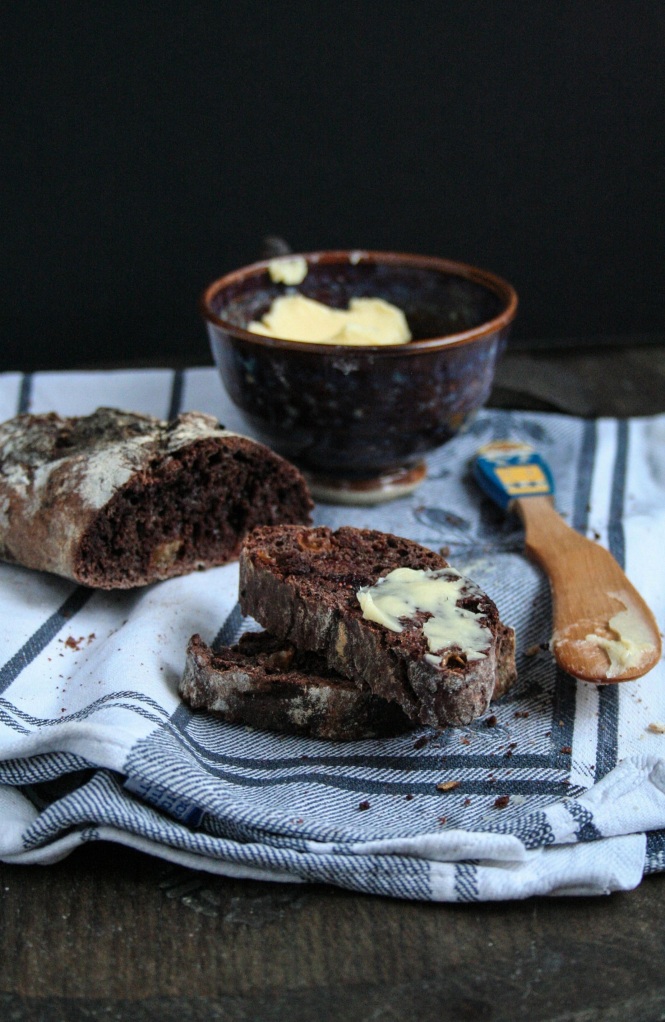
First really warm spring sunny days made me think of summer. It’s approaching so quickly. Two, three months. I’m counting my days by the pages I’ve written. By the books waiting to be read. A morning. An afternoon. A night. Whole day. Day by day. And one month has past. One month after another. Where have they gone?

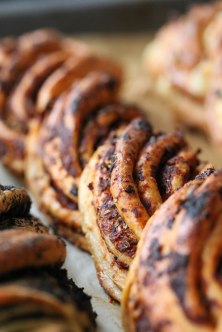

After today’s four hour Easter breakfast at my grans I’ve been wondering why can’t we just have a normal coffee & cereals breakfast… Too much of everything. Except for bread…
The base. The life. Nothing more. Just people to share it. Braids, easter buns and potica. It’s a part of our tradition. And this year I let the real masters in our family do the thing.
I went for something else. Simple. Savory. The best to be shared with the people you love. Bread.
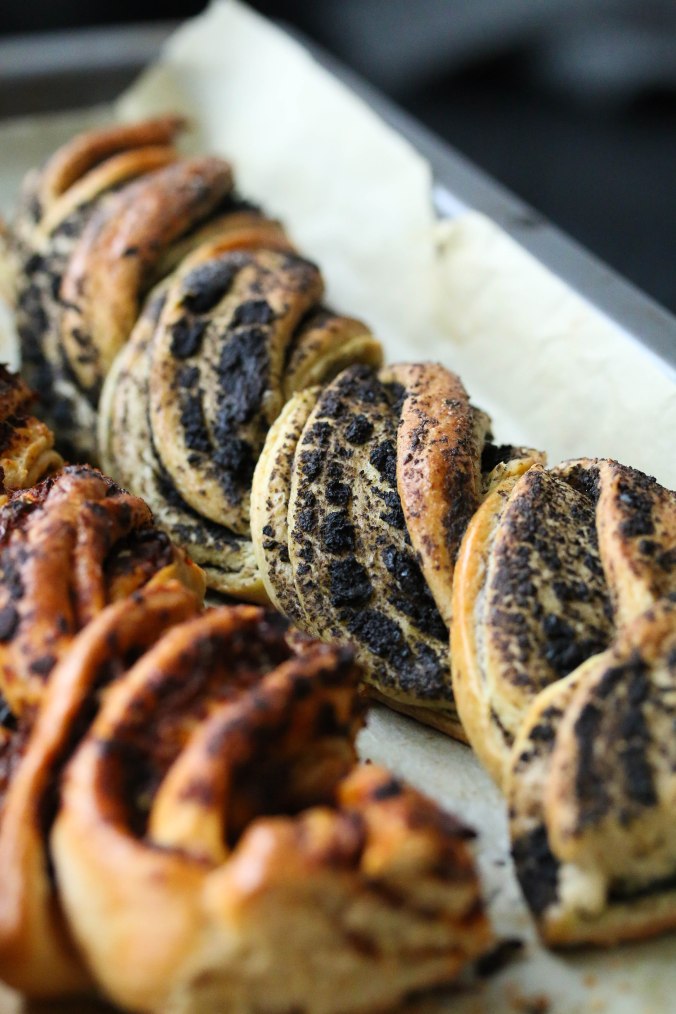
dough*:
- 40 g fresh yeast
- 350 g plain flour T500
- 150 g wholegrain spelt flour
- 10 g salt
- 2 eggs
- 120 g butter at room temperature
- 1 tsp honey
- 150 -170 ml milk
- 1 egg for egg wash
preparation:
- Prepare yeast: crumble the yeast, mix with 50 ml of warm milk and 1 tsp of honey. Let double in size.
- Mix both flours and salt. Add the yeat mixture, beaten eggs, butter and the rest of the milk (depending on the flour you will need more or less of it, so add some 100 ml at first and then you’ll see if it needs more). Mix and work the dough. It takes some 8 – 10 mins. It should be very soft, but not sticky. Form a ball and transfer to a bowl sprinkled with flour. Let rise.
- Divide the dough in three parts if making three different fillings* (check below). Roll out to about 0,5 cm thick into a rectangle. Spread one of the fillings, leaving aprox 2 cm blank on one side of the dough. Roll. Use sharp knife to cut lenghtwise. Open each side facing up and make a braid. Transfer to a baking tray and let rise.
- Meanwhile preheat oven at 220ºC. Before putting the braids into the oven, brush with egg wash. Bake for 10 mins, then turn the tin and bake for another 10 mins. Reduce the heat to 190ºC and bake for aprox another 10 mins.
* this was enough for 3 braids
filling*:
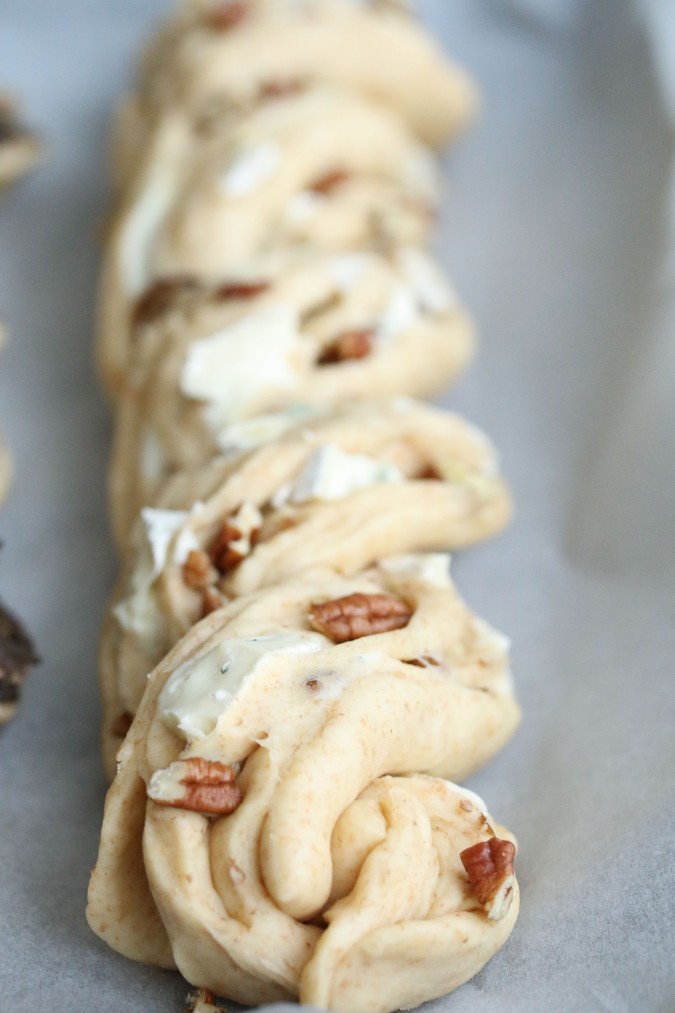
1. Brie & pecans
- 200 g of brie cut into pieces
- 3 handfuls of roughly crushed pecans
Sprinkle equally over the dough.
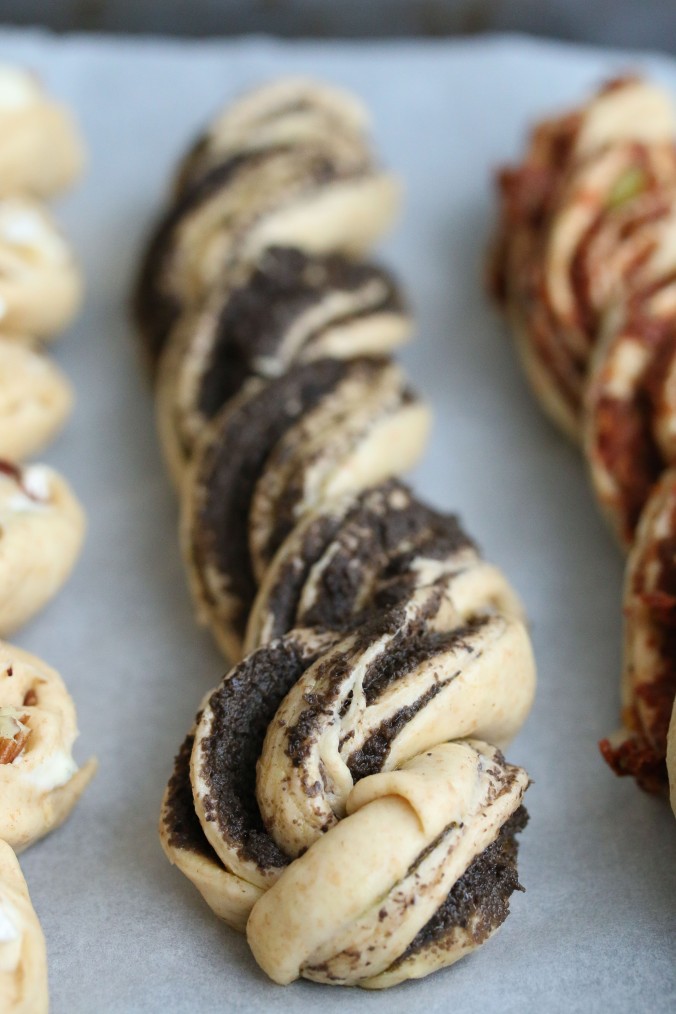
2. Black olive pesto
- 250 g pitted black olives
- 3 Tbsp olive oil
Mix everything into a smooth paste using a food processor.
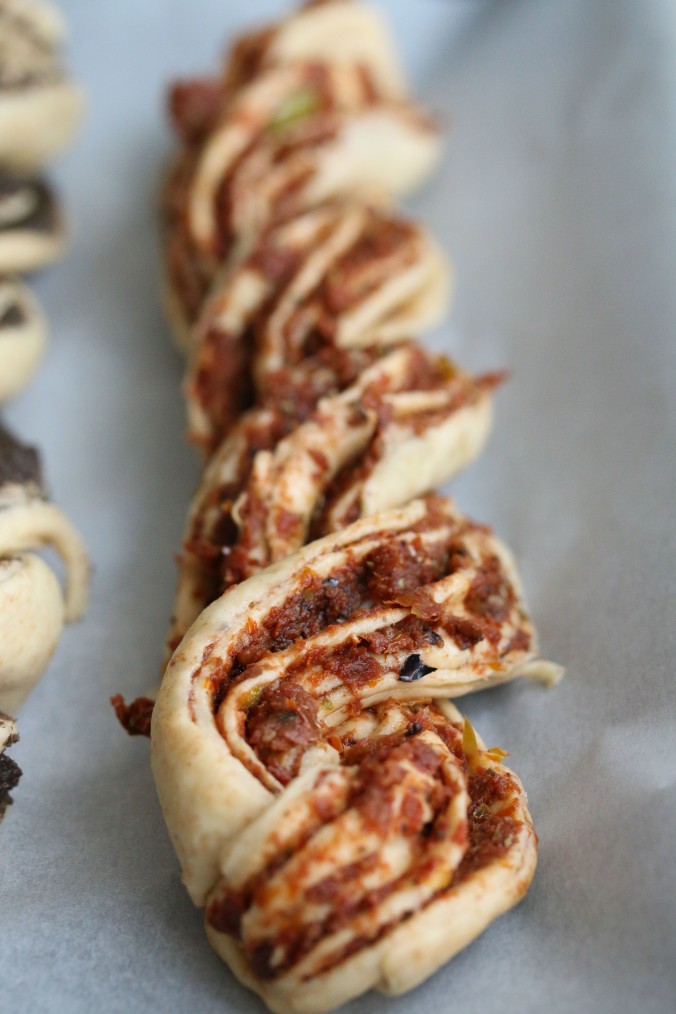
3. Sundried tomatoes & mediterranean herbs
- 200 g sundried tomatoes (from oil, drained)
- 5 small capers
- 2 tbsp dried mediterranean herbs
- 1 big garlic clove
Mix everything into a smooth paste using a food processor.

